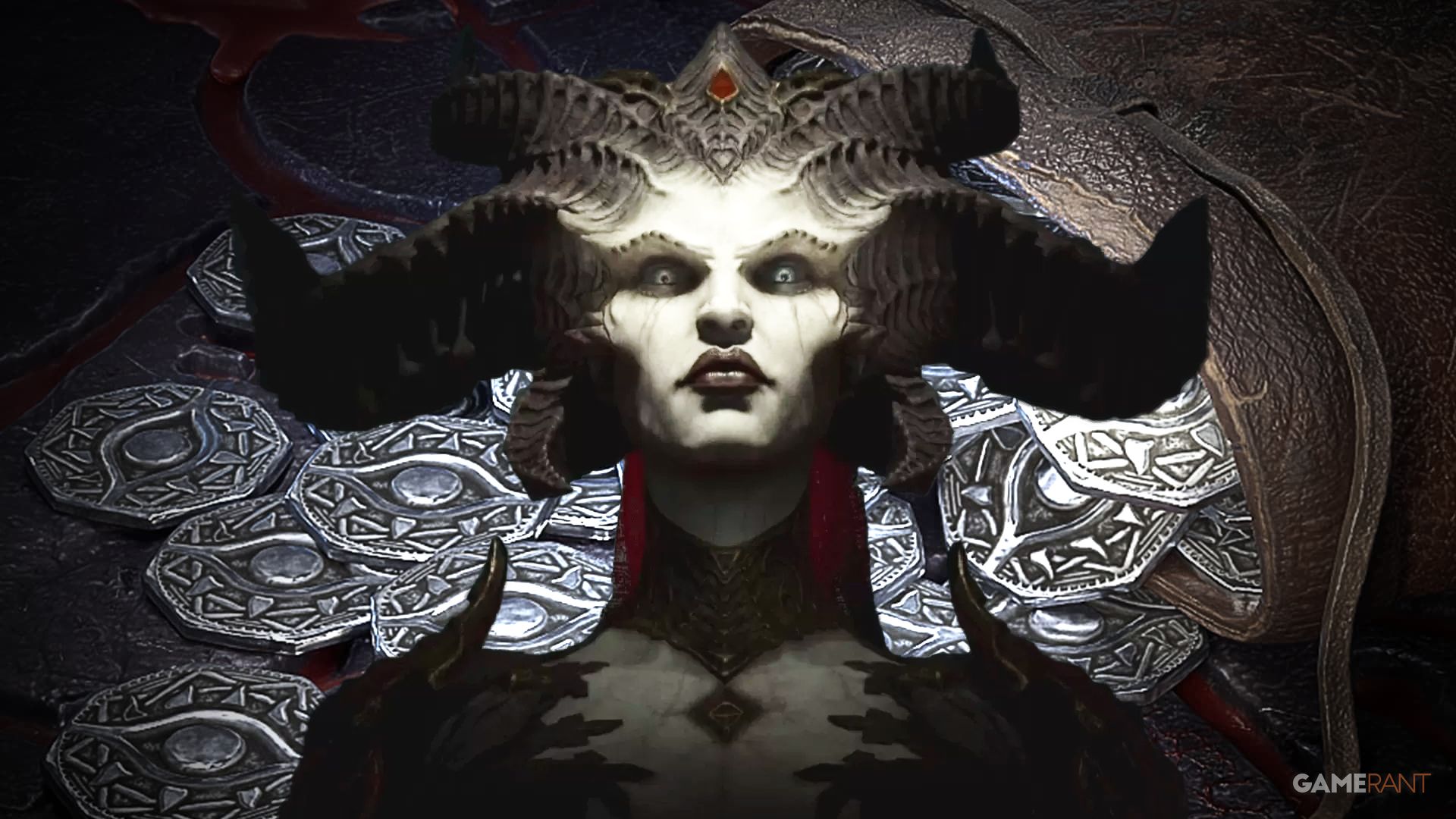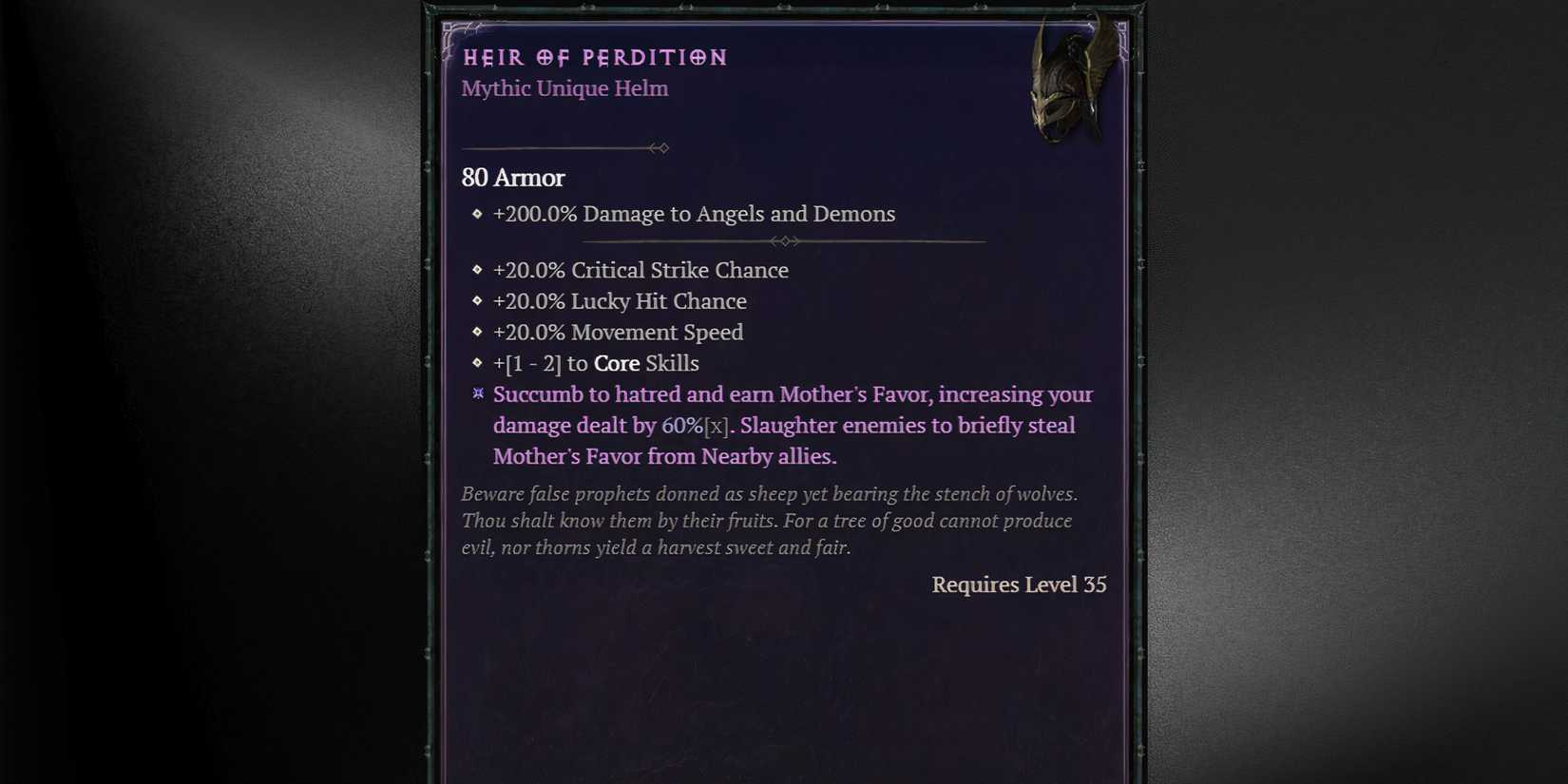Diablo 4 Season 10’s S-Tier Sorcerer Build Is All Hype, And It’s Setting Players Up For Disappointment
Popular Now
 EMI Calculator App & Loan EMI
EMI Calculator App & Loan EMI
 Candy Crush Saga
Candy Crush Saga
 Roblox
Roblox
 Counter-Strike 2
Counter-Strike 2
 Genshin Impact
Genshin Impact
 Stumble Guys
Stumble Guys
 Warframe
Warframe
 EA SPORT FC 25
EA SPORT FC 25
 Among Us
Among Us
 FIFA 23
FIFA 23
 The launch of Diablo 4 Season 10, dubbed “Infernal Chaos,” has brought with it a complete shake-up of the meta. The introduction of the new “Chaos” mechanics—including Chaos Perks and Chaos Armor—has created an environment ripe for powerful new builds. The community has been quick to identify the top contenders, with the Sorcerer class, in particular, seeing a massive surge in popularity. Early theorycrafting and a flurry of content from the PTR have positioned a specific Sorcerer build as an undeniable S-Tier powerhouse. But a closer look at the build and the core mechanics of Season 10 suggests that this hype train might be writing a check its playstyle can’t cash.
The launch of Diablo 4 Season 10, dubbed “Infernal Chaos,” has brought with it a complete shake-up of the meta. The introduction of the new “Chaos” mechanics—including Chaos Perks and Chaos Armor—has created an environment ripe for powerful new builds. The community has been quick to identify the top contenders, with the Sorcerer class, in particular, seeing a massive surge in popularity. Early theorycrafting and a flurry of content from the PTR have positioned a specific Sorcerer build as an undeniable S-Tier powerhouse. But a closer look at the build and the core mechanics of Season 10 suggests that this hype train might be writing a check its playstyle can’t cash.
The build in question, a new take on the Lightning Sorcerer, revolves around the newly introduced “Mana Shield” Chaos Perk. This perk converts incoming damage into a temporary mana boost and massively increases mana regeneration. On paper, this sounds like a dream come true for a class notorious for its “glass cannon” nature. By stacking high mana costs and converting damage into resource, the build promises to be an unkillable, high-damage machine, capable of soloing the highest Pit tiers and dominating the new endgame content. The search volume for terms like “Diablo 4 Mana Shield build,” “Season 10 Sorcerer meta,” and “Lightning Sorcerer build guide” has exploded, reflecting the community’s belief in its potential.
 The Fatal Flaw: A House of Cards Built on Untested Assumptions
The Fatal Flaw: A House of Cards Built on Untested Assumptions
While the Mana Shield Sorcerer seems invincible in theory, its true viability in the live game is far from guaranteed. The core assumption of the build is that players can consistently take a large amount of damage to fuel their mana regeneration without being instantly killed. In the controlled environment of the PTR, where players can often gear up with optimal stats and test against predictable enemies, this works. However, the chaos of the live game, with its unpredictable enemy packs, sudden burst damage from elite mobs, and a general lack of a predictable attack pattern, poses a significant threat to this strategy.
- The “Spike Damage” Problem: The Mana Shield perk is designed to convert consistent, sustained damage into mana. It is not designed to handle sudden, massive bursts of damage. In the higher Pit tiers, a single hit from a boss or a powerful elite can one-shot a player, regardless of their mana pool or regeneration. Relying on a mechanic that requires you to actively take damage to survive is a gamble, and it’s a gamble that will likely lead to many frustrating deaths.
- Reliance on a Single Perk: This build’s entire identity is built around a single seasonal perk. While the Chaos Perks are powerful, they are not a permanent part of the game. Once Season 10 concludes, this build will cease to exist in its current form. For players investing a significant amount of time and resources into a character, building around a temporary, single-point-of-failure mechanic is a risky proposition. In contrast, other S-Tier builds like the Druid’s new Companion Raven build or the Necromancer’s Shadow Blight builds are more fundamentally sound, relying on class synergies that are more likely to persist in future seasons. This makes them a more stable and worthwhile investment for players looking for long-term viability.
- Diminishing Returns: The Mana Shield perk’s effectiveness is tied to a player’s current life total and damage taken. The higher the difficulty, the less effective the perk becomes, as the damage-to-mana ratio becomes less favorable. What seems like an invincible engine in the early to mid-game might become a liability in the endgame, where enemies hit for a significant percentage of a player’s health pool. This could create a “soft cap” on the build’s progression that early testers on the PTR may not have fully experienced.
 A Warning from the Trenches of the PTR
A Warning from the Trenches of the PTR
While content creators and streamers have showcased impressive runs with the Mana Shield Sorcerer, it’s important to remember that these are often best-case scenarios. They are played by experienced veterans with top-tier gear, often after dozens of failed attempts. The average player, who may not have access to perfectly rolled gear or the time to master every nuance of the build, will find this a far more unforgiving experience. The promise of an effortless S-Tier build is a strong marketing tool, but the reality is that its playstyle is a high-risk, high-reward gamble that will likely fail more often than it succeeds for the general player base.
In the end, the Mana Shield Sorcerer is an incredibly fun and flashy build, and for those who enjoy the challenge of pushing a risky build to its limits, it will be a rewarding experience. However, for the majority of players, it’s a build that promises more than it can deliver. It’s a perfect example of a powerful “on paper” build that will likely be exposed by the unpredictable realities of live gameplay. For players looking to climb the leaderboards and have a consistently good time in Season 10, the more reliable S-Tier contenders, such as the Druid and Necromancer builds, are a far safer and more sustainable choice. The hype is real, but so is the danger of a build that is writing a check it can’t cash.









